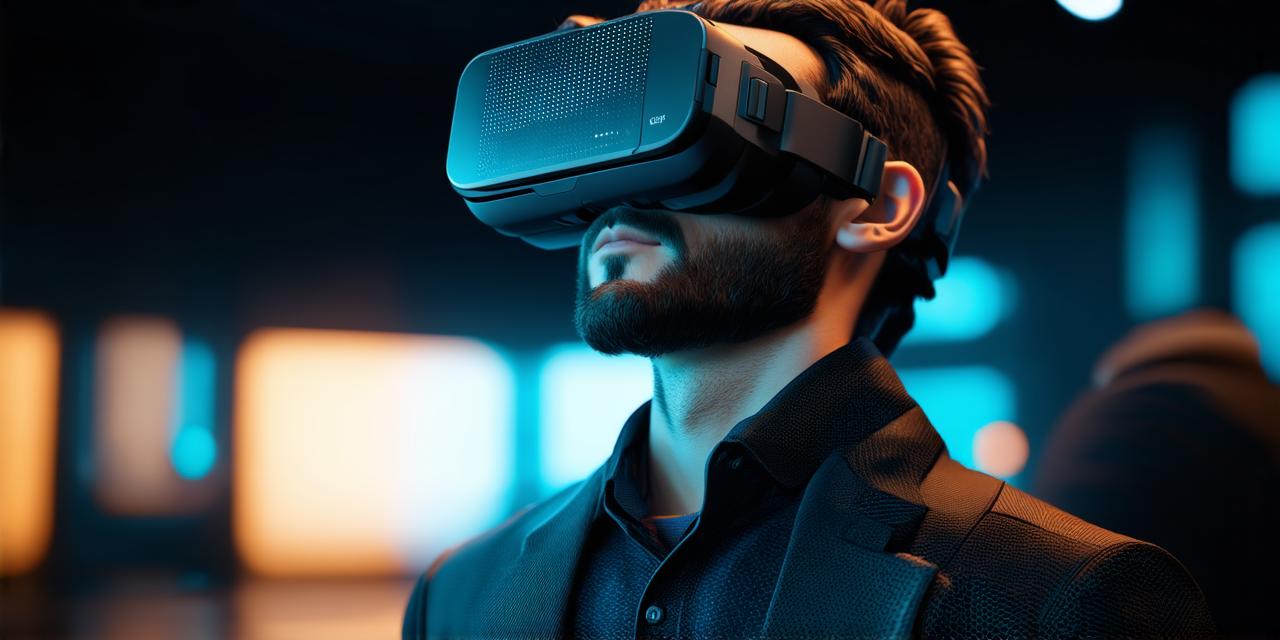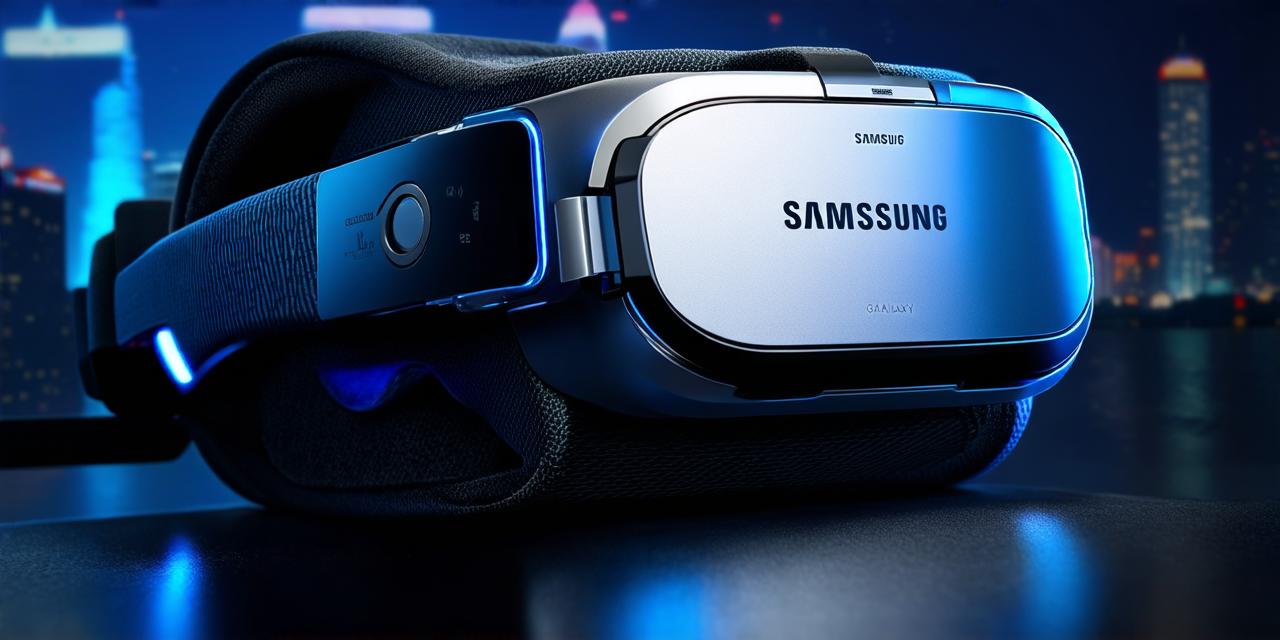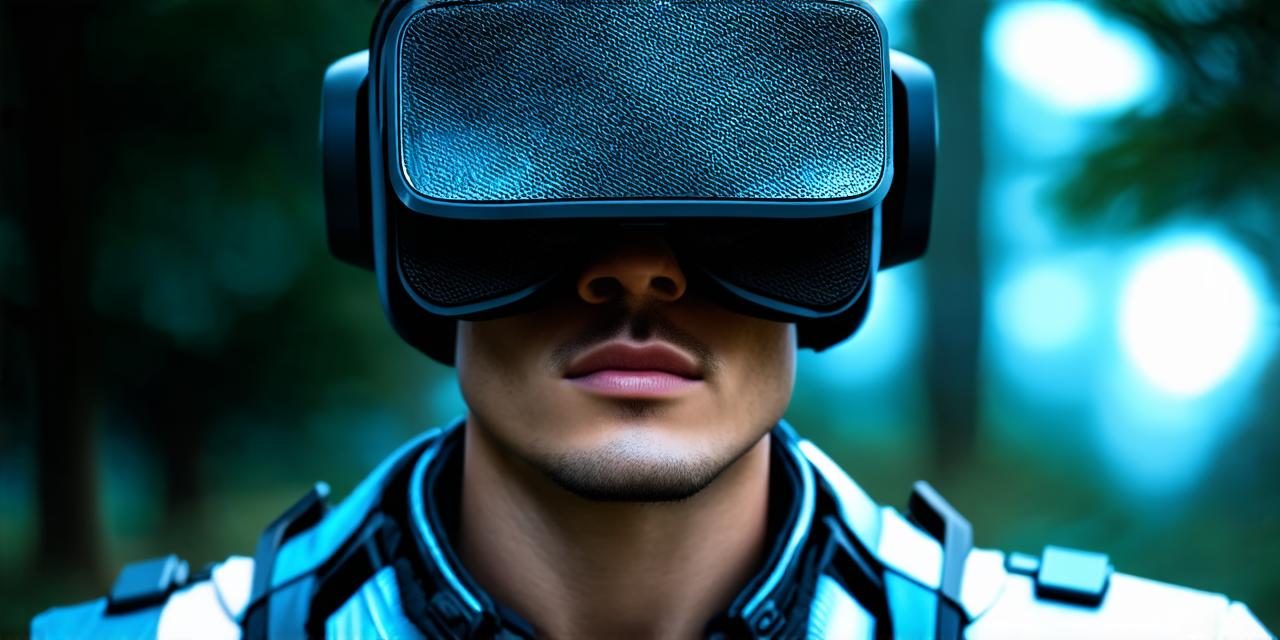
Virtual Reality Exposure Therapy
Virtual reality (VR) technology is rapidly advancing and being used in various fields, including healthcare. One of the most promising applications of VR technology is in exposure therapy for mental health disorders such as anxiety, depression, and post-traumatic stress disorder (PTSD). In this article, we will explore how VR exposure therapy works and its potential benefits for treating mental health disorders.
What is VR exposure therapy?
VR exposure therapy involves using virtual reality technology to simulate real-life situations that trigger fear or anxiety in individuals with mental health disorders. The goal of the therapy is to help patients gradually confront and overcome their fears in a controlled environment, reducing the risk of a panic attack or other adverse reaction.
The VR headset and controllers allow the patient to fully immerse themselves in the virtual world and experience the stimuli in a way that closely mimics real-life situations. For example, a patient with PTSD might be exposed to a virtual simulation of a combat zone or natural disaster to help them process traumatic memories and reduce anxiety associated with those events.
How does VR exposure therapy work?
VR exposure therapy typically involves a series of sessions in which the patient gradually becomes more exposed to increasingly challenging stimuli. The therapist guides the patient through each session, helping them develop coping strategies to manage their anxiety and fear.
The first session usually involves a low-intensity simulation of the triggering stimulus, such as a virtual version of a common phobia like spiders or heights. As the patient becomes more comfortable with the simulation, they gradually move on to more intense simulations, building up to a high-intensity exposure that simulates the real-life situation.
Research has shown that VR exposure therapy can be effective in reducing symptoms of anxiety and depression associated with mental health disorders such as PTSD, social anxiety disorder, and specific phobias. For example, a study published in The Lancet found that VR exposure therapy was as effective as traditional cognitive-behavioral therapy (CBT) in treating PTSD symptoms.
Case studies and personal experiences
One of the most compelling case studies involving VR exposure therapy comes from the work of Dr. David Emmelkamp, a Dutch psychologist who has been researching VR therapy for over 20 years. In one study, he found that patients with social anxiety disorder experienced significant reductions in anxiety and improved quality of life after undergoing VR exposure therapy.
Another personal experience comes from a patient named Sarah, who underwent VR exposure therapy for her fear of heights. She describes the therapy as “intense and challenging,” but also highly effective in helping her overcome her fear. “After just a few sessions, I was able to climb tall buildings without feeling anxious or scared,” she says.
Potential benefits of VR exposure therapy
One of the main benefits of VR exposure therapy is that it allows patients to confront and process traumatic memories in a safe and controlled environment. This can help reduce the risk of a panic attack or other adverse reaction, allowing patients to gradually overcome their fears and improve their overall well-being.
Another potential benefit is that VR exposure therapy can be tailored to the specific needs of each patient, making it a flexible and adaptable treatment option. The therapist can adjust the intensity and duration of the simulations based on the patient’s progress and individual preferences.
FAQs
What types of mental health disorders can VR exposure therapy help with?
VR exposure therapy has been shown to be effective in treating a range of mental health disorders, including PTSD, social anxiety disorder, specific phobias, and depression.
How long does VR exposure therapy typically take?
The number of sessions required for VR exposure therapy varies depending on the severity of the patient’s condition and their individual needs. However, most patients undergo 10-20 sessions over a period of several weeks to months.
Is VR exposure therapy safe?
VR exposure therapy is generally considered safe and well-tolerated by patients. However, as with any medical treatment, there are some potential risks and side effects that should be discussed with a healthcare provider before beginning therapy.
What is the cost of VR exposure therapy?
The cost of VR exposure therapy can vary depending on factors such as location and insurance coverage. However, many healthcare providers offer VR exposure therapy as part of their treatment options, and some private insurance plans may cover the cost of the therapy.
Summary
Virtual reality exposure therapy is a promising new treatment option for mental health disorders such as PTSD, social anxiety disorder, and specific phobias. By simulating real-life situations in a safe and controlled environment, VR exposure therapy can help patients gradually overcome their fears and improve their overall well-being. While more research is needed to fully understand the effectiveness of VR exposure therapy, it has shown great promise in early studies and offers a flexible and adaptable treatment option for patients seeking relief from mental health disorders.




